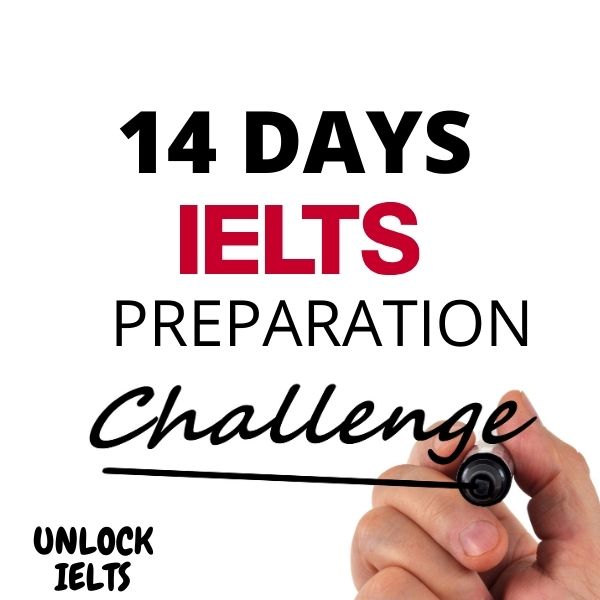Grammar is extremely important in the IELTS and to improve your overall score in the examination. So, if you are ambitious to take a flight abroad and grab that most anticipated job or course, then you will require clearing the IELTS.
For attempting the IELTS examination at its best, you need to master the art of using a varied grammar range accurately.
In this article, we will explore different dimensions of Grammar Range and Accuracy and discuss the marking criteria of the IELTS writing section in detail.
Whether you are an IELTS aspirant or want to be one, this guide will surely help you get an idea of the grammatical range and accuracy marking criteria and how you can score well on that front.
IELTS Writing Task 2 is assessed based on 4 parameters-
- Task Achievement
- Coherence and Cohesion
- Lexical Resource and Vocabulary
- Grammatical Range and Accuracy
In Writing Task 2, many students prefer to write short sentences with simple vocabulary to impress the examiner. Well, it is the worst ever thought.
Writing Task 2 does not examine how good your ideas are; instead, emphasizes the use of a varied range of grammar in your writing style.
Most of you must be aware of grammatical accuracy, but only a few know about the Grammatical Range.
Types of Sentences Used in the IELTS Writing Task 2
In this article, we will discuss-
- Simple Sentences
- Complex Sentences
- Conditional sentences
Simple Sentences
A simple sentence consists of one clause, a subject, and a predicate. It has only one independent clause.
(Subject +Verb) - completed thought
The examples of simple sentences are:
The car turned the corner
The management of your company has executed its duties excellently.
The word types, like modal verbs, articles, and prepositions can be a part of simple sentences.
Complex sentence
In opposition to the simple sentence that contains one clause, a complex sentence is a sentence that contains an independent clause and one or more dependent clauses.
Now, what is a dependent clause?
A dependent clause adds extra information to the main clause and depends on the independent clause for its meaning. The dependent clauses are not complete sentences.
Here are examples of complex sentences.
Here subordinate conjunction is used in the case of the dependent clause as well as an independent clause. The examples are followed by a list of the most commonly used conjunctions which can be used while writing the essay.
Using Punctuations
Does the topic already seem overwhelming?
Well, then, let’s move on to the most interesting topic, that is Punctuations!
What are Punctuations?
Punctuations are the use of conventional signs and typographical devices which help in understanding the sentence. The signs include a comma, semicolon, quotations, apostrophes, or periods. Punctuations lend meaning and clarity to the sentence.
For a sentence to be punctuated correctly, it should have a capital letter at the start, a full stop, or a question mark at the end of the sentence.
What are different examples of punctuations?
Let’s move on to the next topic, that is:
Conditional Sentence and If Clause
The conditional sentence contains a conditional clause (if clause) and the consequence.
The conditional sentences discuss a situation and the probable consequences of the same.
Conditional Sentence Type 1 Form
If+ Simple present, Will-Future
Conditional sentence Type 2 Form
If + Simple Past, Conditional (would + Definite)
Conditional Sentence Type 3 Form
If+ Past Perfect, Conditional II (would + have + Past Participle)
Here are the examples of each for a better understanding of the concept.
Relative Clauses
A relative clause is a subordinate clause that contains the element whose interpretation is provided by the expression on which the subordinate clause depends grammatically.
The relative clause is used to provide a clear description of the topic (defining clause). These clauses are used to provide information without the need for another sentence (non-defining clause).
Example: The students who work hard are more likely to do well in their exams.
Both the defining and non-defining relative clauses do not need a comma before the relative pronoun.
So, this is how you can use the grammatical range and accuracy for different types of sentences in IELTS writing task 2. For clearing the IELTS examination with a good score, you need to polish the grammar and accuracy basics and practice IELTS Writing 2 sample papers. Furthermore, you can subscribe to Unlock IELTS with Richa and get your concepts clear from basics to advance.













Write a public review